Discover 5 hidden attractions, cool sights, and unusual things to do in Fleet (United Kingdom). Don't miss out on these must-see attractions: Fleet Pond, All Saints Church, and Elvetham Heath LNR. Also, be sure to include Elvetham Heath in your itinerary.
Below, you can find the list of the most amazing places you should visit in Fleet (England).
Table of Contents
Fleet Pond
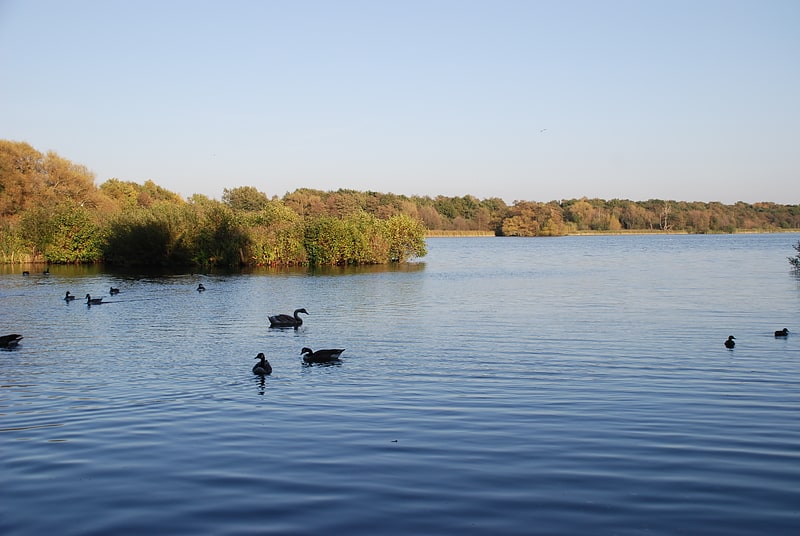
Fleet Pond is a 48.3-hectare biological Site of Special Scientific Interest in Fleet in Hampshire. It is also a Local Nature Reserve.
This large and shallow lake, fed by Fleet Brook, is surrounded by reed beds, alder carr and oak and birch woodland. The lake has a rich aquatic flora and fauna, including large populations of reed warblers and other wetland birds.
The pond has varied habitats surrounding it, including heathland, marsh, reedbed and woodland. The pond is first documented in 1324, when there were two ponds which were used as a fishery. In medieval times, "pond" always referred to a man-made structure, whereas "lake" referred to a natural feature, and so it is likely that the ponds were created by raising banks at the northern edge. From 1491, the Prior of Winchester leased the ponds to the occupier of Fleet Farm, in exchange for one hundred fresh fish a year, delivered to Winchester. When the lease was renewed in 1833, it was noted that there was now only one pond. The second pond was probably near Ancells Farm. Shortly afterwards, the London and Southampton Railway bought the pond for £50 as it stood in the way of their line, and built an embankment across the northern end. They appreciated its potential as a tourist destination, and opened Fleet Pond Halt so that day trippers could visit it. Much of the surrounding area became a military training ground in 1854, and as part of that training, soldiers built a 470-yard (430 m) trestle bridge across it in 1885. During the Second World War, the pond was drained, to make the area less visible to enemy aircraft, but it was refilled in 1947, and planted with reeds. The pond became one of the first SSSIs in Hampshire in 1951, and under the Wildlife and Countryside Act 1981, duly re-registered, but to omit the portion north of the embankment. Hart District Council bought the pond and surrounding heath in 1972, after the army dubbed it redundant, and since 1976 has worked with the Fleet Pond Society to create a Local nature reserve. They have installed two bridges to create a circular walk around the pond.[1]
All Saints Church
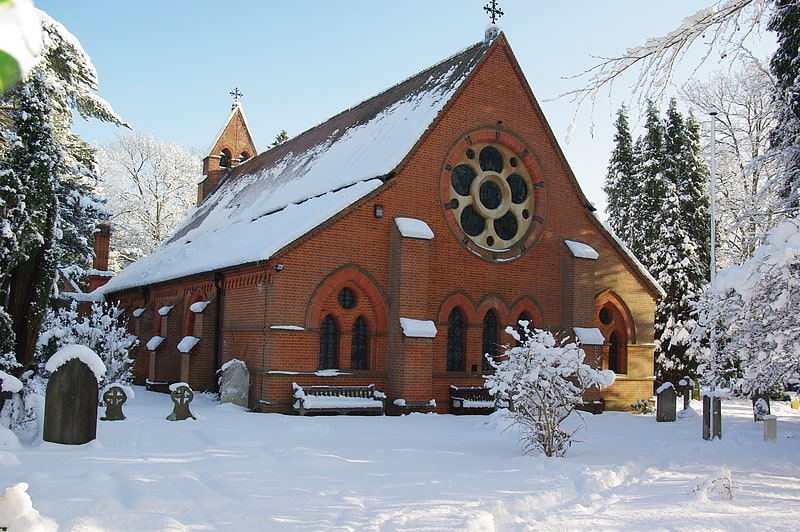
Church in Fleet, England. All Saints' Church is the Anglican parish church of the town of Fleet in the county of Hampshire, England. It is notable for its architect, William Burges and was constructed 1861–2.[2]
Address: Church Rd, GU51 4NB Fleet (Fleet)
Elvetham Heath LNR
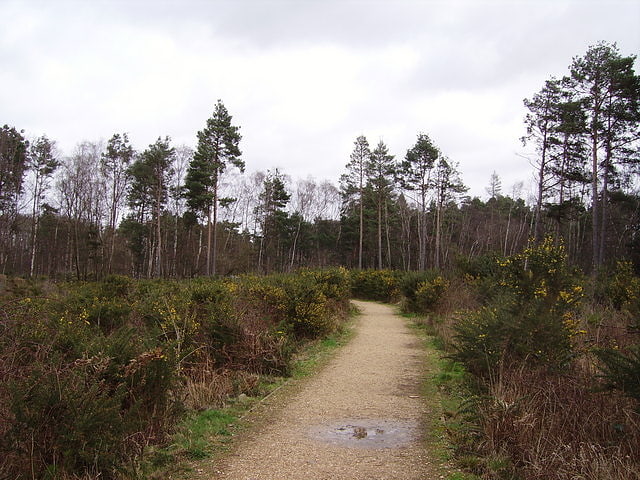
Elvetham Heath LNR is a 20-hectare local nature reserve in Elvetham Heath in Hampshire. It is owned by Elvetham Heath Developments and managed by Hart Countryside Service.
Typical heathland plants such as heather and gorse are regenerating naturally on the heath, and there are other habitats such as reedbeds and wet woodland, which has the rare plant bog myrtle.[3]
Elvetham Heath
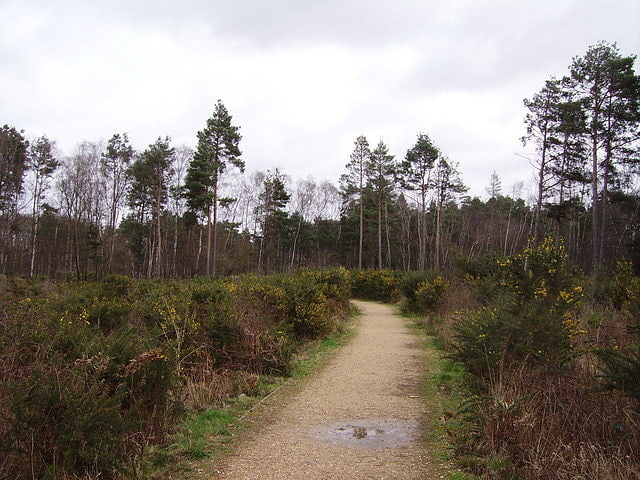
English civil parish. Elvetham Heath is a residential area and civil parish, containing around 2000 homes on a 311-acre site, just outside the north western boundary of the town of Fleet in the English county of Hampshire. Construction of Elvetham Heath began in the summer of 1999 and ended in June 2008. The population of the civil parish at the 2011 Census was 5,183.[4]
Ancells Farm
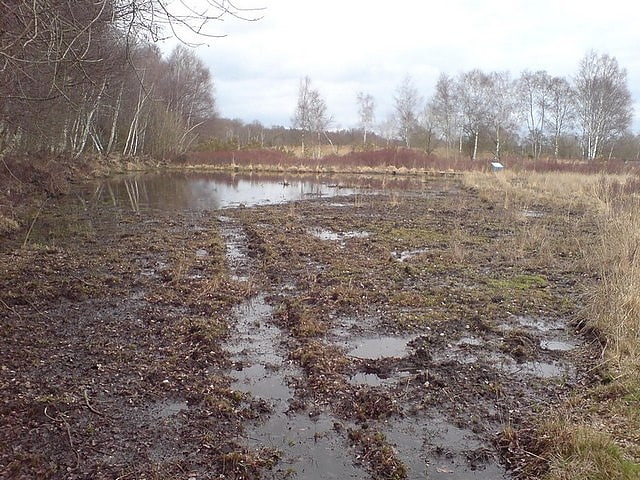
Ancells Farm is a 12-hectare nature reserve in Fleet in Hampshire. It is managed by the Hampshire and Isle of Wight Wildlife Trust. It is part of Foxlease and Ancells Meadows, which is a Site of Special Scientific Interest.
This site has heathland and ponds with diverse fauna and flora. It has many flying insects, which provide food for bats. Flora include bog myrtle, Bog asphodel and several species of orchid.[5]